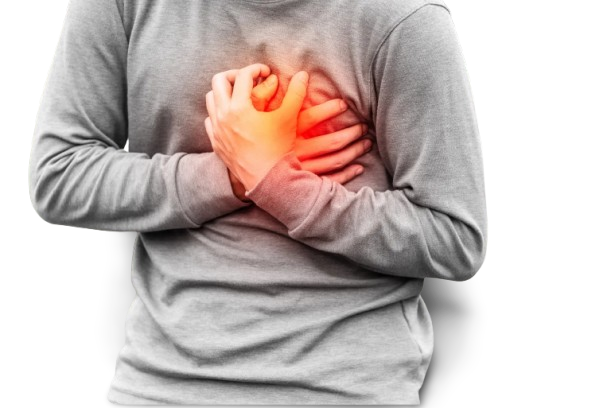Asthma is a chronic in ammatory disorder, characterized by reversible airway obstruction and hyperresponsiveness.
Severe asthma can be defined as follows: Uncontrolled asthma which can result in risk of frequent severe exacerbations (or death) and/or adverse reactions to medications and/or chronic morbidity (including impaired lung function or reduced lung growth in children).
An asthma trigger is anything that causes asthma symptoms or makes asthma symptoms worse
Common asthma triggers are:
● Cigarette smoke
● Stress
● Getting sick with a cold, the flu, or a lung, ear, or sinus infection
● Strong cleaning products, such as bleach
● Strong perfumes or scents
● Air pollution
● Certain medicines, such as aspirin and other medicines for pain or fever
● Exercise
● Very cold and dry air
People can have other triggers, too. These include things in the environment that they are allergic to. These are called "allergic triggers." Examples of allergic triggers are:
● Dust mites – These are tiny bugs that are too small for you to see. They live in beds, couches, carpets, and other places in your home.
● Mold – Mold can grow in basements, showers, and other damp and wet places.
● Dogs and cats – People can be allergic to animal saliva, urine, or dander (flakes of dead skin).
● Pollen from trees, grass, and weeds
● Cockroach droppings
● Mice
10 Steps To Making Your Home Asthma Friendly
1. Take it outside. One of the most common asthma triggers in the home is secondhand smoke. Until you can quit, smoke outside, not in your home or car.
2. Good night, little mite! Dust mites are also triggers for asthma. For mite population control, cover mattresses and pillows with dust-proof (allergen impermeable) zippered covers. Wash sheets and blankets once a week in hot water.
3. Play it Safe. Ozone and particle pollution can cause asthma attacks.
4. A little goes a long way. Reduce everyday dust build-up, by regularly dusting with a damp cloth and vacuuming carpet and fabric-covered furniture.
5. Stake your claim. Household pets can trigger asthma with skin flakes, urine, and saliva. Keep pets outdoors, if possible.
6. Uninvite unwelcome guests. Cockroaches can trigger asthma. Don’t invite them into your home by leaving food or garbage out. Always clean up messes and spills and store food in airtight containers.
7. Think before you spray. Instead of pesticide sprays, control pests by using baits or traps. If sprays are necessary, always circulate fresh air into the room being treated and keep asthma sufferers out of that room for several hours after any spraying.
8. Break the mold. Mold is another asthma trigger. The key to controlling mold is controlling moisture. Wash and dry hard surfaces to prevent and remove mold. Replace moldy ceiling tiles and carpet.
9. Air it out. Reducing the moisture will control asthma triggers like mold, cockroaches, and dust mites. Use exhaust fans or open windows when cooking and showering. Fix leaky plumbing or other unwanted sources of water.
10. Plan before the attack. Work with your doctor or health care provider to develop a written asthma management plan that includes information on your triggers and how to manage them
References:
- Bernstein, J. A., Boulet, L., & Wechsler, M. E. (2018). Asthma, COPD, and overlap: A case-based overview of similarities and differences. Boca Raton: CRC Press.
- Wohlenhaus, K. (2010). Asthma information for teens: Health tips about managing asthma and related concerns including facts about asthma causes, triggers and symptoms, diagnosis, and treatment. Detroit, MI: Omnigraphics.
- Lee, Y. C., Kim, S. R., & Cho, S. H. (2018). Severe Asthma Toward Personalized Patient Management. Singapore: Springer Singapore.
- (n.d.). Retrieved from https://www.uptodate.com/contents/avoiding-asthma-triggers-the-basics?search=asthma triggers&source=search_result&selectedTitle=2~97&usage_type=default&display_rank=2



































